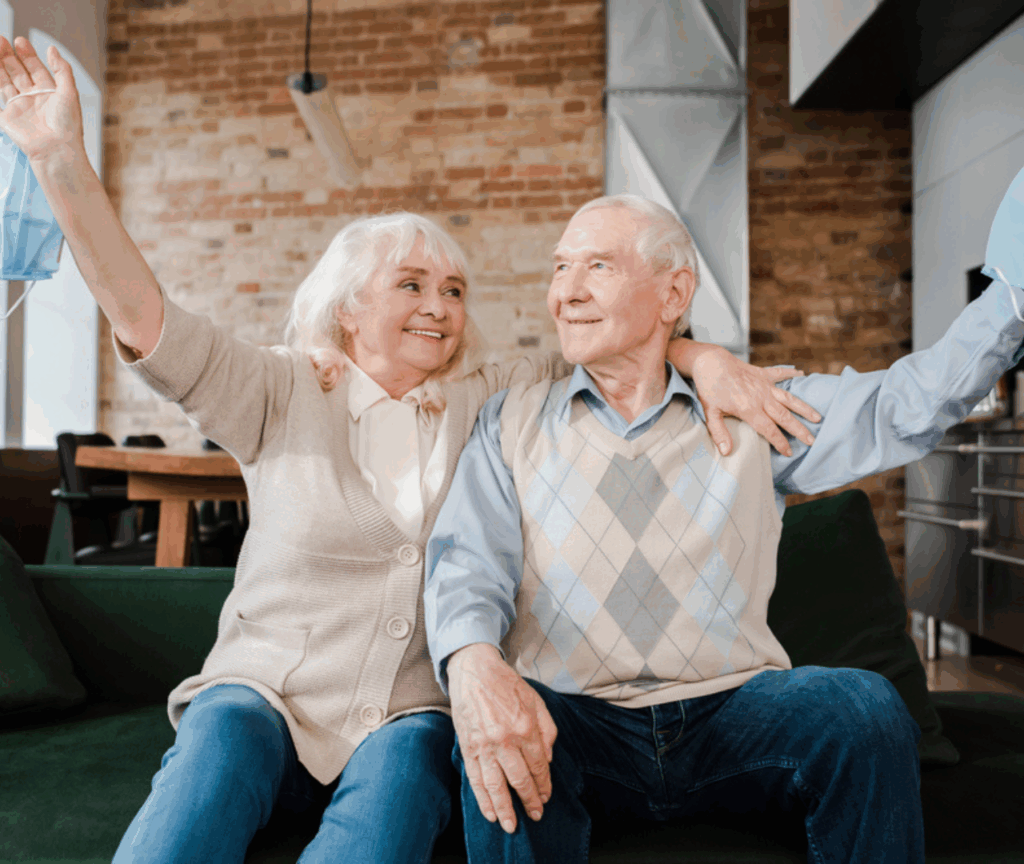Falls and accidents are among the most common concerns when it comes to senior safety, and they often occur in the home. Seniors may have physical or cognitive challenges that make them more vulnerable to injury. Creating a safe home environment is one of the most important things caregivers can do to prevent accidents and promote the independence of older adults. This article provides practical tips for making the home safer for seniors.
1. Eliminate Fall Hazards
Falls are one of the most significant risks for seniors, so preventing them should be a top priority. Start by removing any obstacles in walking paths, such as clutter, rugs, or cords. Rugs should be secured with non-slip backing or removed altogether.
In addition, consider installing grab bars in the bathroom, particularly near the toilet and in the shower or bathtub. Use non-slip mats in the bathroom and ensure that all areas are well-lit, especially staircases, hallways, and bathrooms.
2. Improve Lighting
Seniors may have diminished vision, so good lighting is essential for safety. Install bright, energy-efficient bulbs in hallways, bathrooms, and stairwells. Motion-sensor lights can be a great option for reducing the need to fumble for light switches, especially in the middle of the night.
It’s also important to ensure that senior-friendly nightlights are placed in bedrooms and bathrooms to help seniors navigate the house safely in the dark.
3. Install Safety Features in the Bathroom
The bathroom is one of the most dangerous areas for seniors due to slippery surfaces and the need for balance. In addition to grab bars, seniors may benefit from a shower chair or bench, which can help them avoid standing for long periods. Consider installing a raised toilet seat and a handheld shower head for added convenience and safety.
Ensure that bathroom floors are dry and free of water to prevent slipping. Non-slip rugs and bath mats can help as well.
4. Ensure Accessibility
Seniors may face mobility challenges, so it’s important to make sure their home is easily accessible. Clear walkways and doorways, and ensure that furniture is arranged in a way that allows for easy movement with mobility aids such as walkers or wheelchairs.
A ramp may be necessary if there are stairs leading into the house, or you may want to consider installing stair lifts if stairs are unavoidable. The goal is to make the home easy to navigate, reducing the risk of falls or injury.
5. Use Technology to Enhance Safety
Technology can play a vital role in senior safety. Consider installing medical alert systems that allow seniors to call for help in an emergency. Many devices also offer fall detection features that automatically alert caregivers or emergency personnel if a fall occurs.
Other smart home devices, such as voice-controlled lights or thermostats, can make it easier for seniors to manage their environment without having to move around unnecessarily.
6. Monitor Medication Use
Seniors may take multiple medications, which can increase the risk of side effects, such as dizziness or confusion, that contribute to falls. Keep track of the medications seniors are taking, and ensure they follow their prescribed regimen. Some medications may cause drowsiness or confusion, so it’s important to assess whether the home environment is suitable for their needs.
7. Maintain Communication with Caregivers and Health Professionals
Regular communication with a healthcare provider can help ensure that the senior’s care plan is up to date and addresses any new or ongoing concerns. If seniors live independently, setting up regular check-ins with family members or caregivers can provide extra assurance that help is available if needed.
Conclusion
Creating a safe home environment for seniors involves a combination of environmental modifications, proper lighting, and the use of assistive devices. By eliminating fall hazards, ensuring accessibility, and using technology, caregivers can help seniors reduce the risk of injury and maintain their independence. Safety measures are crucial to ensuring seniors remain comfortable and secure in their own homes.

